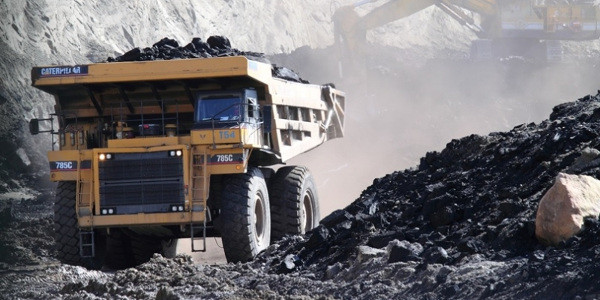Heavy haulage vehicles are crucial to mining operations across the world. These vehicles operate in challenging conditions while hauling enormous loads. This makes them highly specialised and subject to strict design criteria.
Dozens of factors affect the performance of heavy haulage vehicles in mining. From basic engineering to environmental conditions, maintenance and the rating of components such as diff centres, optimising your fleet can be a challenge.
As heavy-duty equipment, these vehicles are built tough, and newer technologies are making them smarter and easier to operate than ever. In this article we’re going to explore some of the main factors affecting performance, and how you can maximise your heavy haulage vehicles to avoid needing diff repairs.
1. Vehicle Engineering and Design
The major factor affecting heavy haulage performance is the vehicles’ engineering. Vehicles intended for mine sites are typically designed to be ultra tough.
Hauling ores and processed products such as coal is tough on equipment. Not only are these loads heavy, they’re abrasive and can quickly damage fine components such as driveshafts and diffs. To counter this, heavy haulage vehicles are engineered with heavy duty components and high payload capacities.
This is typically achieved by uprating drive components such as diffs, driveshafts, transmissions and gearboxes. By using heavy duty materials, manufacturers are able to ensure these vehicles continue operating, even under enormous loads.
2. Proper Maintenance
Vehicle maintenance is a crucial part of life on a mine site. Breakdowns can slow production, which can be a death sentence to a large-scale mining operation. When it’s critical that you’re always up and running, maintaining vehicles is the best thing you can do.
Maintenance requirements for heavy haulage vehicles vary widely. Depending on the loads they’re subjected to, this may involve frequently disassembling, inspecting and lubricating drivetrain components.
Inspections should be performed on a regular basis, and vehicles and components should always be subject to preventative maintenance. When in doubt, speak to the component manufacturer to find out more about service and lubrication intervals.
3. Operator Training
Operating heavy haulage vehicles is a specialist task that should always be handled by experienced drivers. Well-trained and experienced operators make for more efficient operation, and they can reduce the likelihood of injury or equipment becoming damaged.
This is especially important for mine sites with varied conditions. Underground mines vary widely in their composition, which can affect the operation of vehicles. Open cut mines often involve steep climbs that can become perilous during bad weather. Experienced operators can account for these issues and prevent them from becoming detrimental to output.
4. Load Distribution
As with any vehicle, the way loads are distributed during heavy haulage is crucial to safe operation. All loads should be distributed evenly and secured properly while the vehicle is moving. This is especially important where vehicles are travelling long distances between extraction and processing points.
These days it’s also a good idea to invest in load monitoring technology. These systems allow operators to see real-time data about load distribution, shifts in weight and potential accident hazards. Load monitoring sensors can automatically alert operators when a problem occurs, making it easier to avoid risky situations.
5. Environment
There are a number of environmental factors affecting the operation of heavy haulage vehicles. Namely:
- Rain and other weather conditions
- Extreme ambient temperatures, and temperature fluctuations
- Dust and debris in the air
- The grading of road surfaces
- The composition of road surfaces
Each of these things has an impact on vehicle performance, engine performance, traction and the strain placed on drive components. For vehicles operating on steep grades and loose surfaces, this can be a major factor in how strained diffs and driveshafts become during normal use.
Importantly, factors such as temperature shifts don’t just affect operators, they alter the performance of lubricants. This can be a concern where sealed systems are not designed to perform in local conditions. If you are operating in extreme conditions, such as a desert or snowy region, you should consult your manufacturer to ensure components are supplied with appropriate lubrication systems.
6. Road Conditions
The road conditions on mine sites influence the efficiency of heavy haulage vehicles.
The rugged and unpredictable terrains in mining environments are a significant challenge. Uneven surfaces, steep gradients and the presence of rocks or debris can impede navigation. In turn, this strains the vehicle’s mechanical components.
Additionally, poor roads may increase the wear and tear on tyres, which poses a genuine risk to operators in the areas.
As road conditions deteriorate, the risk of accidents or breakdowns rises. This prevents heavy haulage vehicles from operating at their full capacity and presents a potential hazard, both to the vehicle and its operator.
Optimising travel routes and road infrastructure is a complex task on a mine site, but it’s well worth the investment. This also includes looking after ongoing maintenance requirements, such as filling potholes, compacting loose surfaces and testing slopes to ensure they aren’t detrimental to heavy haulage vehicles.

